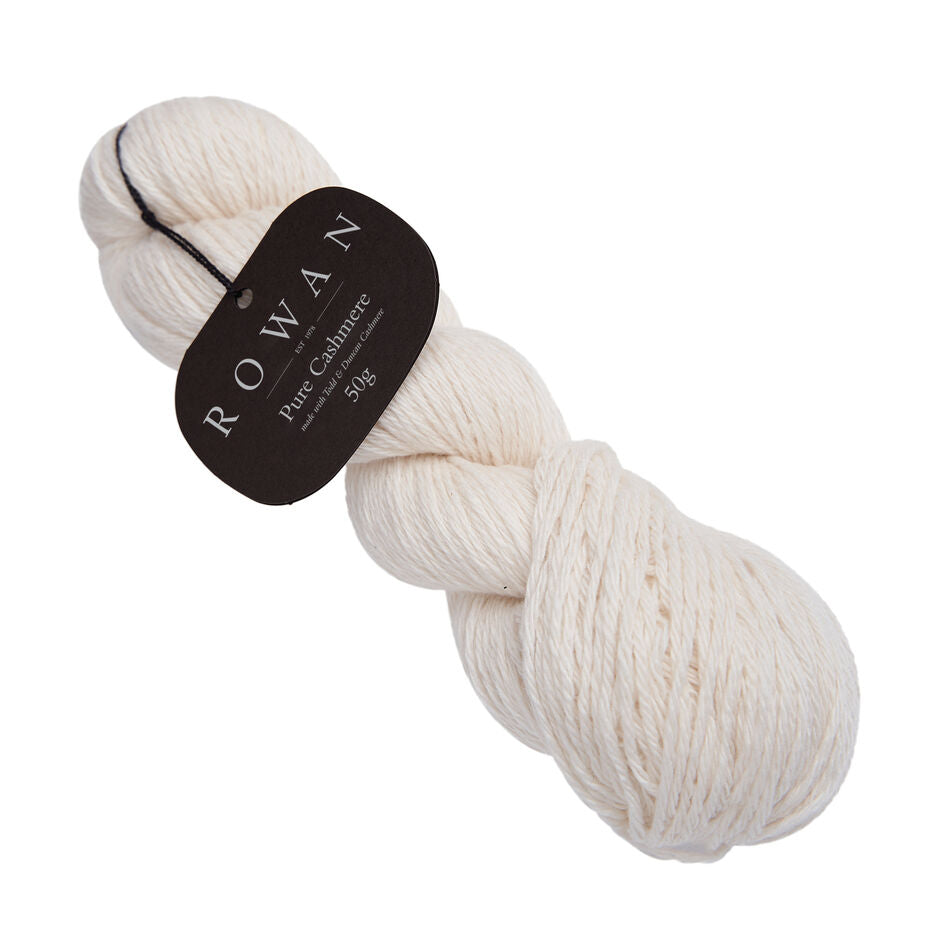The Origins and Advantages of cashmere in Crafting Luxurious Clothing
The Origins and Advantages of cashmere in Crafting Luxurious Clothing
Blog Article
Comprehending the Different Kinds Of Cashmere a Natural Fiber and Their Unique Advantages

The Origins of Cashmere: A Historic Overview
While the luxurious touch of cashmere continues to beauty contemporary customers, its beginnings trace back to the harsh, chilly environments of Mongolia and the Himalayas. For centuries, the native individuals of these areas have been increasing Capra Hircus goats, the prime resource of cashmere wool. These goats, durable versus the extreme winters, grew a great undercoat to endure, which later on became referred to as cashmere. The name itself admires Kashmir, an area in India where the wool was at first refined. Much of the very early cashmere profession route was helped with by the Silk Roadway, attaching Asia with the Middle East and Europe. Despite its worldwide spread, the finest cashmere is still believed to stem from the initial areas of Mongolia and the Mountain Ranges.

The Production Process: From Goat to Garment
Shearing a Capra Hircus goat notes the inception of the complex cashmere manufacturing process. This fragile treatment generally takes place yearly during springtime. The penalty, soft undercoat is then separated from the coarser outer hair, a procedure referred to as dehairing. The resultant raw cashmere is then washed to eliminate contaminations such as dirt, veggie, and oil matter.
The clean fiber goes through dyeing, spinning, and weaving, or knitting, to transform it into a material. Complicated treatments like quality assurance checks and finishing procedures adhere to, ensuring completion item keeps the elegant standard expected of cashmere. This meticulous procedure, from goat to garment, validates the high price affixed to cashmere items, making them a sign of luxury and refinement.
The Various Kinds Of Cashmere: A Thorough Evaluation

The Distinct Advantages of Cashmere: Convenience and Sustainability
Moving from the variety of cashmere kinds to the advantages they supply, comfort and sustainability stand out plainly. Cashmere, an all-natural fiber, is renowned for its unmatched soft qualities, providing a degree of convenience that artificial fibers can not match.
When it concerns sustainability, cashmere is sustainable and biodegradable, as it's harvested from cashmere goats that regrow their layers every year. what is cashmere. Unlike synthetic fibers which can take hundreds of years More Info to break down, cashmere's effect on the environment is marginal. This combination of comfort and sustainability makes cashmere an advantageous choice for aware customers

Caring for Your Cashmere: Maintenance and Conservation Tips
While cashmere is certainly a extravagant and lasting choice, it needs certain treatment to keep its top quality and expand our website its life-span. To begin, cashmere need to be hand washed using chilly water and a moderate cleaning agent. Cashmere products should be stored in a completely dry and trendy place, away from direct sunlight and dampness.
Spending in Cashmere: Recognizing Its Worth and Well Worth
Although cashmere may at first appear like a costly investment, its long-term value and worth become evident when you consider its remarkable qualities. Recognized for its unparalleled soft qualities and warmth, cashmere is a costs all-natural fiber that outmatches other products. Its high need and minimal supply add to its high rate, yet its resilience guarantees it lasts for years, offering excellent worth for cash. Cashmere pieces are timeless, usually coming to be antiques passed down through generations. what is cashmere. Moreover, its natural protecting buildings supply warmth without the mass of artificial fibers. Buying cashmere, as a result, is not nearly existing fashion fads, but regarding embracing a lasting, long-lasting, and luxurious way of life.
Conclusion
In recap, the kind of cashmere one selects, be it Mongolian, Chinese, or Italian, is dictated by individual preferences for heat, sustainability, budget plan, and high-end. Understanding the beginnings, manufacturing process, and unique advantages of various types of cashmere can guide consumers in their investment in this glamorous natural fiber.
Whether it's the extraordinary warmth of Mongolian cashmere, the affordability of Chinese cashmere, or the eco-conscious manufacturing of Italian cashmere, there's a story to be discovered behind each fiber kind. Cashmere, a natural fiber, is renowned for its unrivaled soft qualities, providing a degree of comfort that synthetic fibers can not match.When it comes to sustainability, cashmere is eco-friendly and naturally degradable, as it's harvested from cashmere goats that regrow their coats annually. Recognized for its unequaled gentleness and heat, cashmere is a premium all-natural fiber that exceeds other products. Understanding the beginnings, manufacturing process, and one-of-a-kind benefits of various types of cashmere can assist consumers in their financial investment in this elegant all-natural fiber.
Report this page